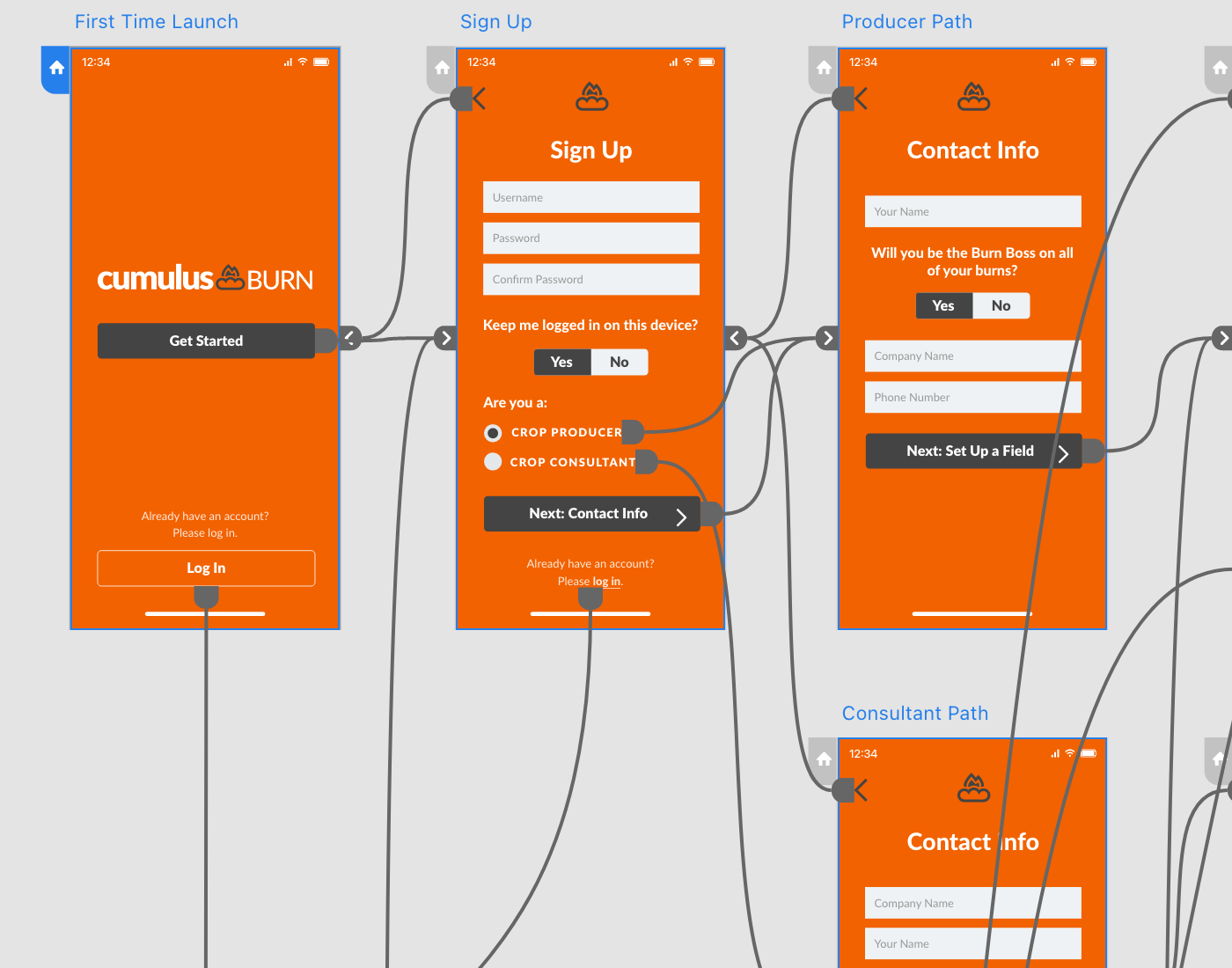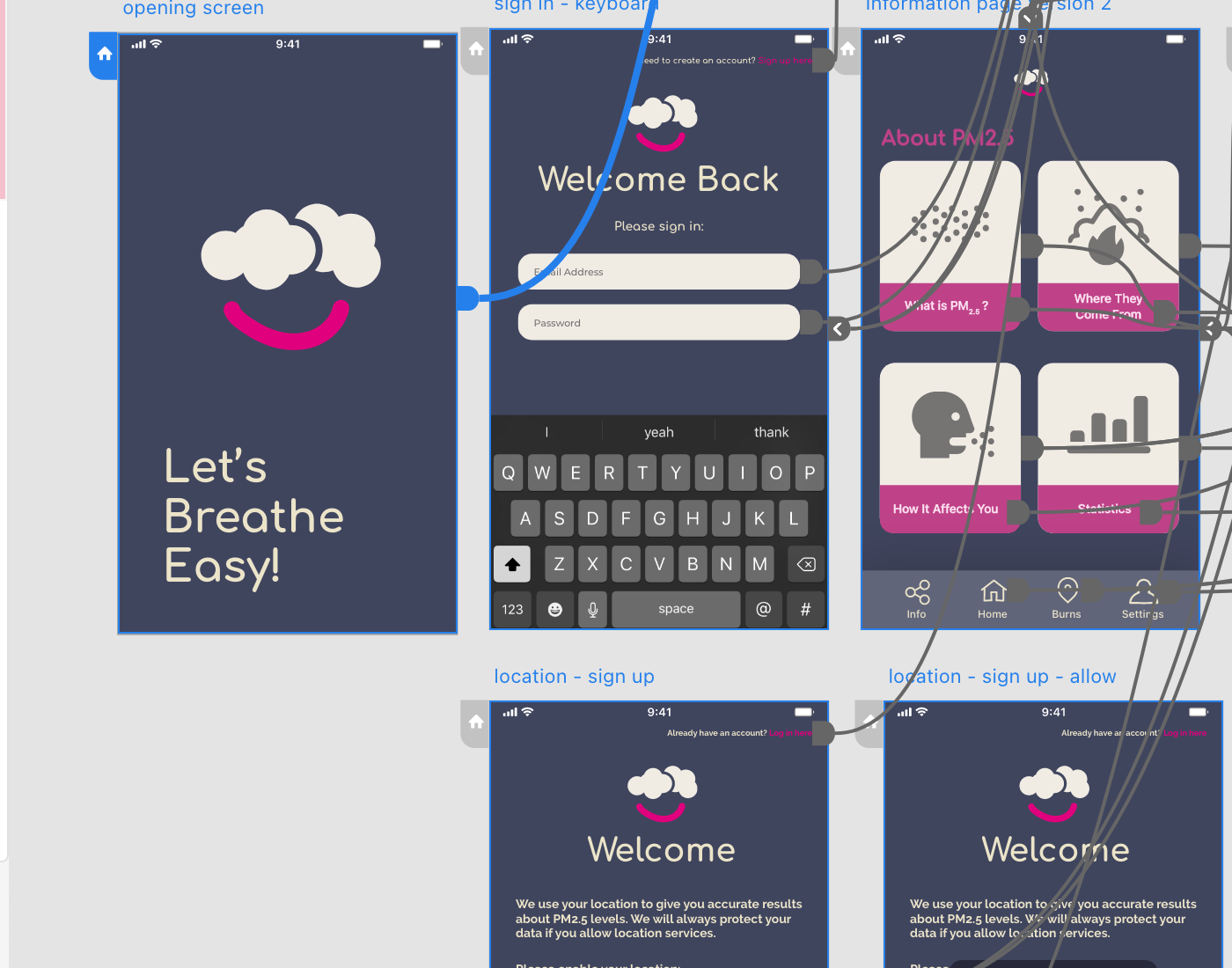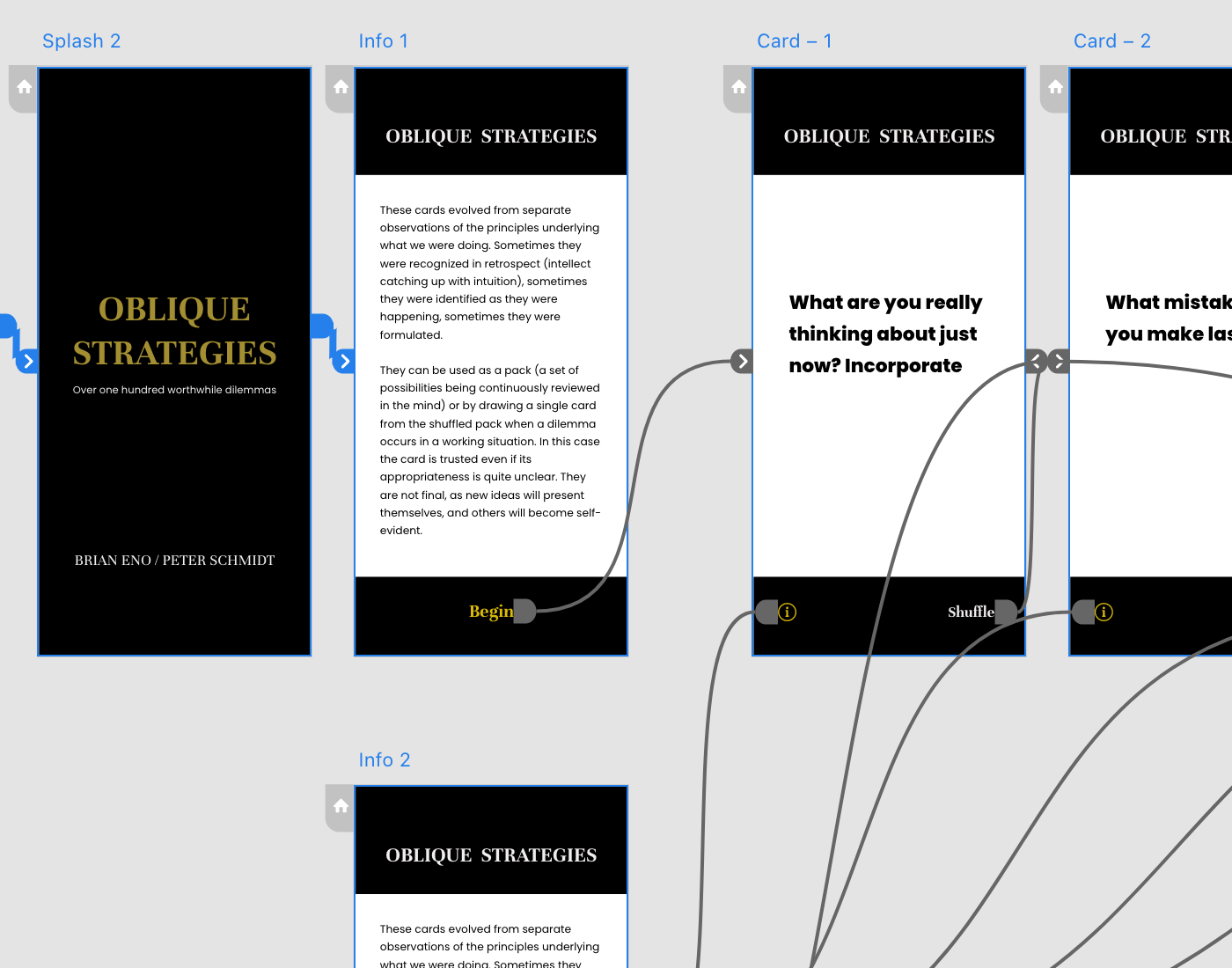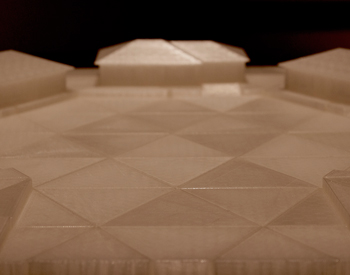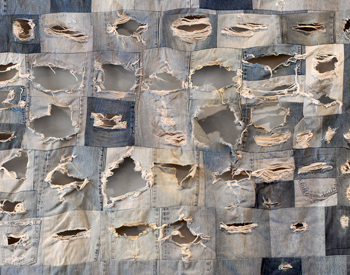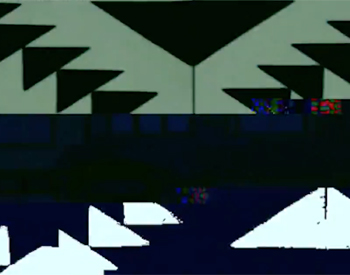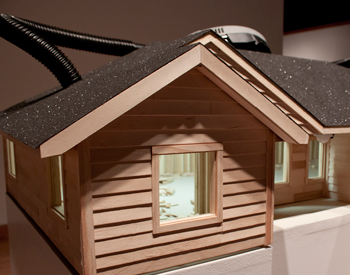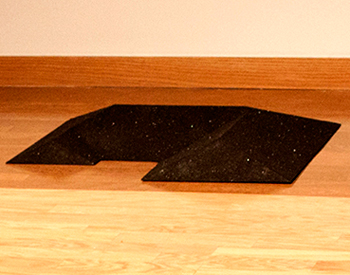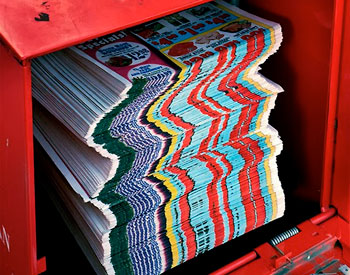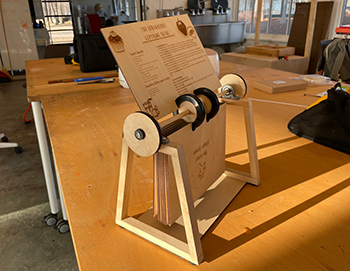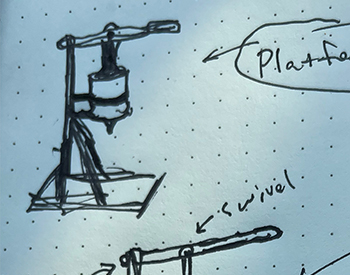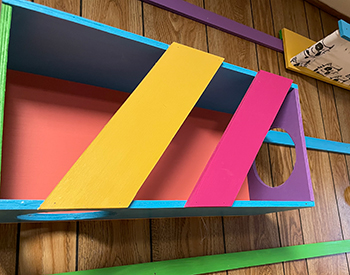Cumulus Burn
Cumulus Burn was a project that I led with a team of faculty and undergraduates to address the problem of PM2.5 pollution from the burning of rice fields in the Mississippi Delta. The project was funded by the U.S. Department of Agriculture, the Arkansas Biosciences Institute, and the Arkansas Space Grant Consortium.
My student team, consisting of CS, Engineering, and Design majors, developed a prototype app that would allow rice farmers to understand current weather conditions that would affect the transport of smoke from burning fields to mitigate particulate matter pollution in population centers.
Faculty partners from Arkansas State University, University of Miami Ohio, the University of Delaware, and the University of the Center for Advanced Spatial Technology at the University of Arkansas provided expertise in the areas of Agriculture, Atmospheric Science, Economics, and Public Policy.
GitHub repository
